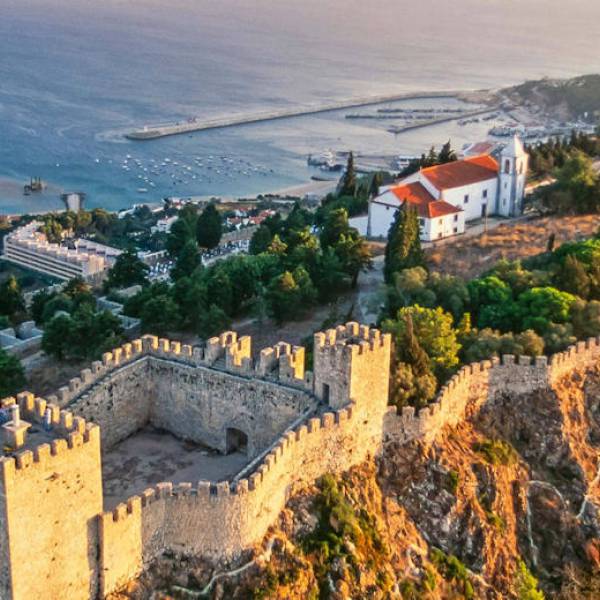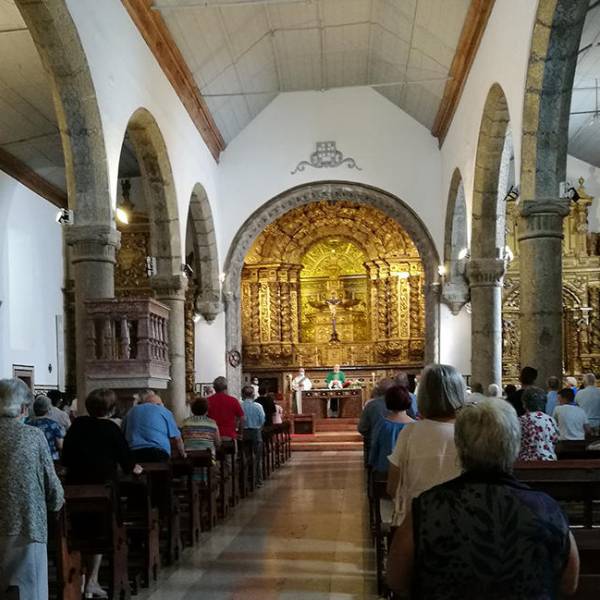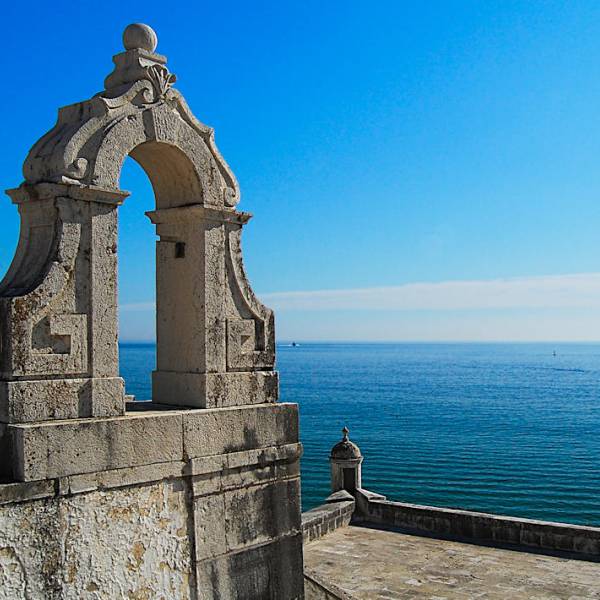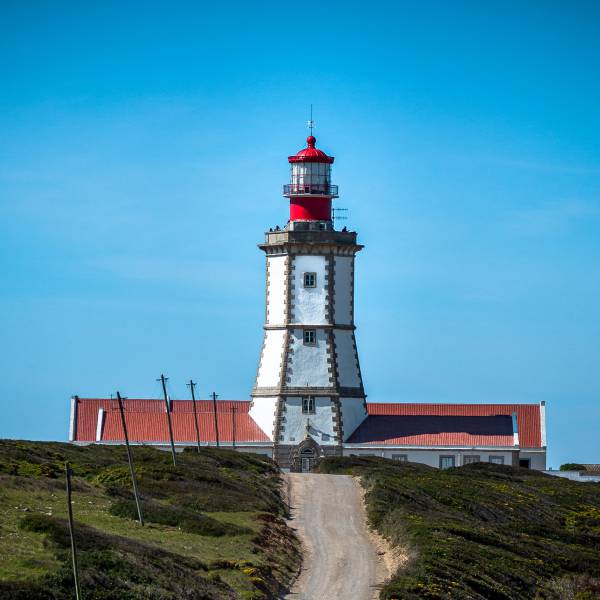The history of the lighthouse dates back to the early 15th century when the Brotherhood of N.S.ª do Cabo installed a predecessor beacon on the cape. However, the current tower, which stands tall and proud, was inaugurated in 1790. Over the years, the lighthouse has undergone several transformations and upgrades to improve its functionality and range.
In its early days, the lighthouse relied on oil as its fuel source. In 1886, a significant technological advancement occurred when the illumination system was switched to petroleum vapor incandescence, greatly enhancing the intensity and range of the light. Then, in 1926, the lighthouse made yet another leap forward by embracing electricity, further improving its visibility and efficiency.
One notable milestone in the history of the Cabo Espichel Lighthouse occurred in 1983. It was during this year that a first-order illuminating apparatus was installed, replacing the traditional fixed light with groups of four white flashes. This innovation significantly expanded the lighthouse's luminous range to an impressive twenty-eight nautical miles (approximately forty-five kilometers), ensuring the safety of seafarers along this treacherous stretch of coastline.
Beyond its functional significance, the Cabo Espichel Lighthouse boasts architectural splendor. The hexagonal tower, constructed with sturdy masonry, is a striking sight against the dramatic backdrop of the cliffs and the endless ocean. The lighthouse is accompanied by other structures that form an architectural ensemble, including the ruins of the Casa de Ópera (Opera House), the Ermida da Memória (Chapel of Memory), the Casa da Água (Water House), and the aqueduct, which once served as essential elements of the complex.
The Ermida da Memória, situated atop the southern escarpment of the Lagosteiros Bay, holds a central position within the sanctuary. According to legend, it marks the spot where the image of the Virgin Mary appeared in 1410, giving rise to the devotion to Nossa Senhora do Cabo Espichel. The presence of this chapel adds a spiritual dimension to the site, drawing pilgrims and visitors who seek solace and inspiration in its hallowed halls.
Throughout its existence, the Cabo Espichel Lighthouse has weathered numerous challenges and historical events. The invasion of the Napoleonic forces marked a period of decline in the cult of Nossa Senhora do Cabo Espichel. However, dedicated restoration efforts carried out over recent decades have preserved its legacy and ensured its continued presence.
Lisbon.vip Recommends
As a day trip destination from Lisbon, the Cabo Espichel Lighthouse offers an enticing escape into a world of natural beauty and cultural heritage. Just a short drive from the Portuguese capital, visitors can embark on a journey of exploration and discovery. The awe-inspiring coastal scenery, with its towering cliffs and crashing waves, combined with the rich historical significance of the lighthouse and its surroundings, make it an ideal destination for those seeking a memorable and enlightening experience.
In the coming years, the Cabo Espichel Lighthouse is set to undergo further restoration and development, aimed at preserving its historical and religious essence while also catering to the needs of tourism. This planned revitalization will ensure that future generations can continue to appreciate the unique charm and significance of this architectural gem, while also honoring its role as a guiding beacon for sailors and a cherished pilgrimage site for devotees.
Map View












